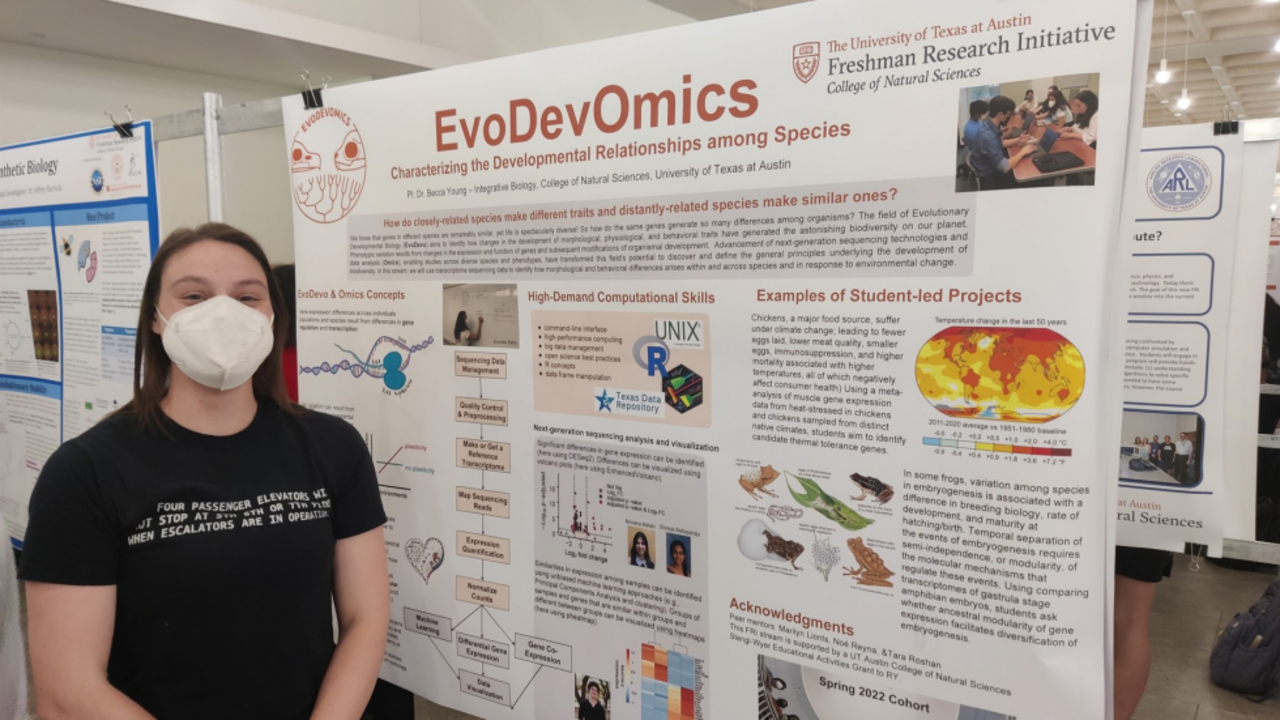Mar 15, 2023, Posted by: Colin Robertson

The Rise of Native Advertising: How Consumers Will Be Impacted by 2020
Native advertising is becoming increasingly popular in the digital world, with many companies using it to reach their target audiences. This form of advertising is often seen as more subtle, as it blends in with the content of the website, making it less intrusive and more engaging for consumers. By 2020, native advertising is expected to be even more prevalent, with a greater focus on consumer engagement and personalization.
The use of native advertising allows companies to tailor their messages to specific audiences, rather than using general tactics. This creates a more personal connection with consumers, as the content is tailored to meet their needs and interests. Companies can also use native advertising to promote products, services, and events, which can help to raise brand awareness and boost sales. As native advertising continues to evolve, it will become even more effective in reaching consumer audiences.
The rise of native advertising has also opened up the opportunity for companies to use more creative content. Companies can create content that is more engaging and interactive, as well as content that is more personalized. This can help to create a more enjoyable experience for consumers, as they are being presented with content that is tailored to their interests. This can also help to build trust and loyalty with consumers, as they feel that their needs are being met.
Another way native advertising is expected to impact consumers by 2020 is the increased use of data. Companies are now using data to better understand their customers and their needs. This data can be used to create more targeted campaigns, which can help to reach the right audiences and increase engagement. Additionally, companies can use data to create more personalized experiences for their customers, which can help to create a more lasting impression.
As native advertising becomes more prevalent, companies will also be able to leverage the data they have collected to better understand their customers. This data can be used to create more targeted campaigns, as well as to better understand customer behavior and preferences. This can help companies to create more effective campaigns, as they will be better able to reach the right audiences and create more meaningful experiences for their customers.
By 2020, native advertising is expected to have a major impact on consumers. Companies will be able to reach their target audiences more effectively and create more personalized experiences for their customers. Additionally, they will be able to leverage the data they collect to better understand their customers and create more targeted campaigns. As native advertising continues to evolve, it will become even more effective in reaching consumer audiences and creating a more meaningful experience.
The Future of Native Advertising: What Consumers Need to Know by 2020
Native advertising is an increasingly popular marketing tactic that is sure to have a major impact on consumers by 2020. Native advertising can be defined as a type of paid media that is integrated into a website or platform in a way that blends in with the organic content. This type of advertising is designed to provide users with a more natural and engaging experience, as compared to more traditional forms of advertising.
Native advertising is becoming increasingly popular with brands and businesses, as it has the potential to be more effective in terms of user engagement and brand recall. This type of advertising has already been widely adopted by major platforms such as Facebook, Instagram, and Google. As technology continues to evolve, the use of native advertising is likely to become even more prevalent in the coming years.
As native advertising continues to become more popular, consumers need to be aware of how it affects them. Native advertising can be used to target specific consumer segments and deliver tailored messages to them. This type of advertising can also be used to manipulate consumer behavior, as it can be used to present a biased version of a product or service. Consumers need to be aware of this, and take the time to research and consider the information they are presented with.
Native advertising also has the potential to be used in more intrusive ways, such as push notifications, pop-ups, and auto-play videos. Consumers should be aware of these types of intrusive tactics, as they can be annoying and distracting. Consumers should also be aware of the implications of data collection, as native advertising can be used to collect and use personal data without the consumer’s knowledge or consent.
Overall, native advertising is sure to have a major impact on consumers by 2020. Consumers should be aware of how it affects them and take the time to research and consider the information they are presented with. By being aware of the potential implications of native advertising, consumers can make informed decisions about how they interact with it.
Author
Colin Robertson
I'm Colin Robertson, and I'm passionate about marketing. I'm always looking for new and innovative ways to reach potential customers and drive sales. I'm always looking for ways to stay ahead of the competition and build strong relationships with customers.